
Sony Alpha a7II Camera Review
A Sony A7ii review by a full time wedding and portrait photographer. Photos taken with the Sony A7ii with Leica lenses. Good review of this amazing camera.
I’ll get into this Sony a7ii review in a minute, but first, let’s look at some of the history of Sony cameras.
At the end of 2014, Sony released the Sony A7II, and the game changed a little… and for some of us, it changed a lot. Before we get to that though, let’s rewind for a minute.
In October of 2013, Sony announced the Sony Alpha 7 and Sony Alpha 7R, a date that may be remembered later on as the actual start of the mirrorless revolution. These were the first two fullframe mirrorless options on the market, something many photographers had been eagerly waiting for.
Although lighter and smaller, there was still a lot of room left for improvement and a fullframe sensor wasn’t enough. For the working professional and serious hobbyist, the Sony A7 series was intriguing, but still wasn’t quite there yet as a viable replacement for the DSLR.
Even with the Sony A7S, which offered 4K video and crazy good high ISO performance, its 12mp sensor and same funky ergonomics made it difficult for the average professional to completely fall in love with.
[Related: Sony a7 II vs a7 III]
Sony A7ii Review – A Great Mirrorless Camera
With a revised exterior design sporting a more beefy DSLR-like grip, buttons and dials more ergonomically friendly, as well as a state of the art five-axis sensor-shift image stabilization system, the compact Sony A7 series had officially arrived as a true competitor to the DSLR.
I will be honest, having tried the three previous Sony A7 series cameras before the Sony A7II, I hadn’t been impressed by the overall package.
None of them inspired me to go out and shoot. The image quality was there, but the rest left much to be desired.
While the Sony A7II still has a lot of room for improvement, which I will explain in this review, I’ll also explain why I have come to love this camera as much as I do.
Bottom Line: It’s the first mirrorless camera that I’ve tested that ended up staying in my bag rather than getting shipped back, and the first mirrorless camera that makes me want to reach for it over my DSLR options.
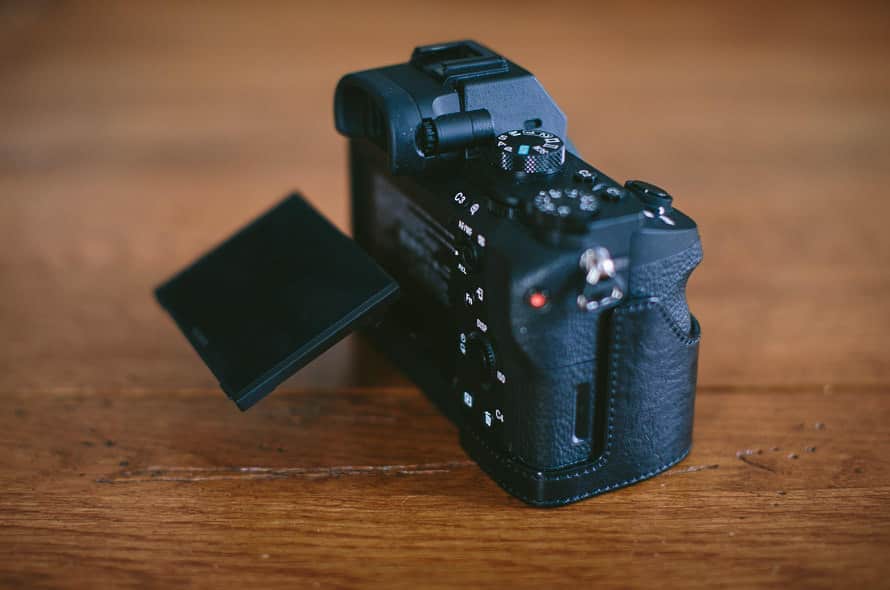
Sony A7II + Gariz Leather Case
What is the Sony a7 II?
This is the toughest review I have had to write because this is the first camera that in itself is excellent, but due to the lack of good native E-Mount lenses, it becomes extremely limited to those who rely on autofocus.
If autofocus isn’t a must have for you, then the ability to use 3rd party lenses with a variety of great adapters on the market, the Sony A7II becomes a gem of a camera with the ability to do things not offered on the market.
For me, autofocus is important for certain parts of the wedding day, very important, but I have been using manual focus for years during other parts of the day as well as for all of my studio and personal work.
The native lenses that Sony does offer are good – I am currently testing the Sony 70-200mm f/4 e-mount lens and it’s an excellent lens. What Sony is lacking at this point are fast primes. There are a few other popular lenses out there that Sony offers but I simply haven’t had the chance to test them yet.
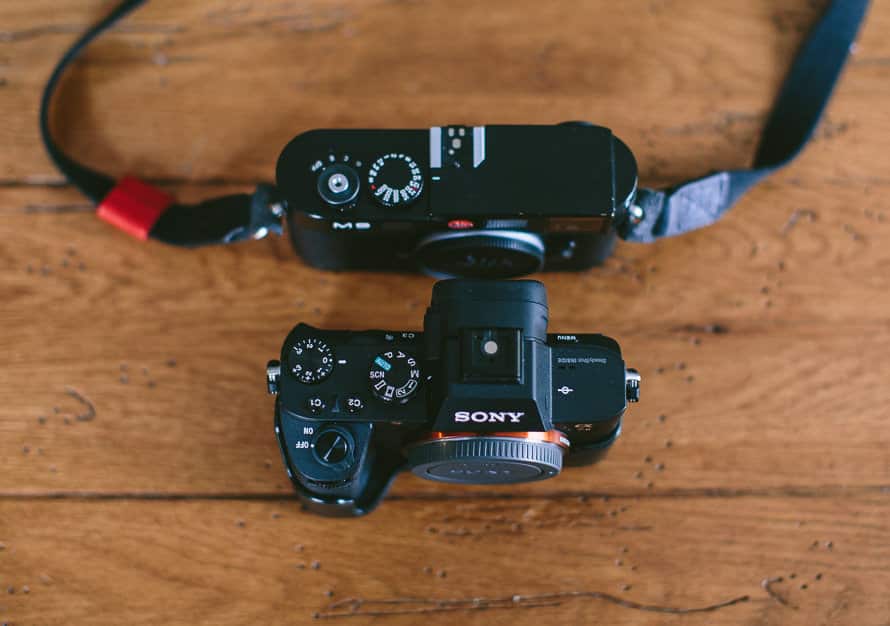
Size comparison between Sony A7II and Leica M9
I own a Leica M9 rangefinder and a few Leica lenses that are hands down the most impressive lenses I’ve ever shot. The Sony A7II offers me a camera body that has image stabilization with my Leica lenses, as well as an excellent sensor that can handle low light and high ISO better than any Leica rangefinder on the market. Does this make me want to sell my Leica? No, not a chance.
A rangefinder is a completely different beast and although limited in many ways, it’s a camera that inspires me to go out and shoot. The Sony does at times feel more like a small computer compared to the Leica, but once I got the A7II set up the way I wanted, all the extra fluff didn’t get in my way which is all that matters.
A big question I have gotten a lot is whether there is any loss of image quality when using the adaptors. I bought the Voigtlander Close Focus Adapter and can tell you that there is nothing lost as far as IQ is concerned. If anything, the adapter offers a slight advantage. There is no glass in the adapter, and it has the ability to adjust the distance between mount and the sensor. This allows you to push the rear element away from the sensor enough to give you a shorter minimum focus distance when needed.
As far as manual focus goes, it’s completely different than that of a Leica, and while I wouldn’t necessarily say that the Sony A7II offers more accurate focusing, it does offer easier and quicker focusing for me with focus peaking and zoom assist.
The focus peaking is a nice touch, but it’s not something that I rely on all that much. The zoom assisted focusing through the EVF (Electronic Viewfinder) is where the pudding is for me, I love being able to zoom in nice and close when manually focusing.
I also wasn’t sure how much I’d like the EVF, but I’ve come to love it.

Voigtlander Close Focus Adapter and M-Mount Voigtlander 35mm f/1.4 Nokton Classic
The Sony A7II is also a great option for the studio photographer who shoots either Canon or Nikon. I know several photographers who have sold off their DSLR gear for the Sony A7II and an adaptor for their current lens lineup.
For the amatuer photographer or serious hobbiest, the Sony A7II is an excellent camera. It’s small, light, offers a full frame sensor, image stabilization, all at a very impressive price. You have the option to try one of the native Sony lenses or invest in an adaptor and open yourself up to pretty much any lens on the market.
That’s why it’s difficult to answer the question what is the best lens for the Sony A7ii – there are so many Sony and non-Sony lenses to choose from.
The Body

Sony introduced a different body style for the Sony A7II, improving on the identical designs of the previous three A7 series models.
I absolutely love the direction that the market is going in with lighter and smaller camera bodies, but at the same time, there needs to be a good balance.
When shooting any of the first three A7 series bodies before writing this Sony A7ii review, I could never really get a comfortable grip on them. Yes, they were all pretty light, especially when compared to a larger bodied DSLR, but I don’t mind the extra weight if the grip is better, which it is.
The Sony A7II adds a little bit of weight overall, going from the 474g of the A7 to 600g, but a much more comfortable grip that I can wrap my fingers around.
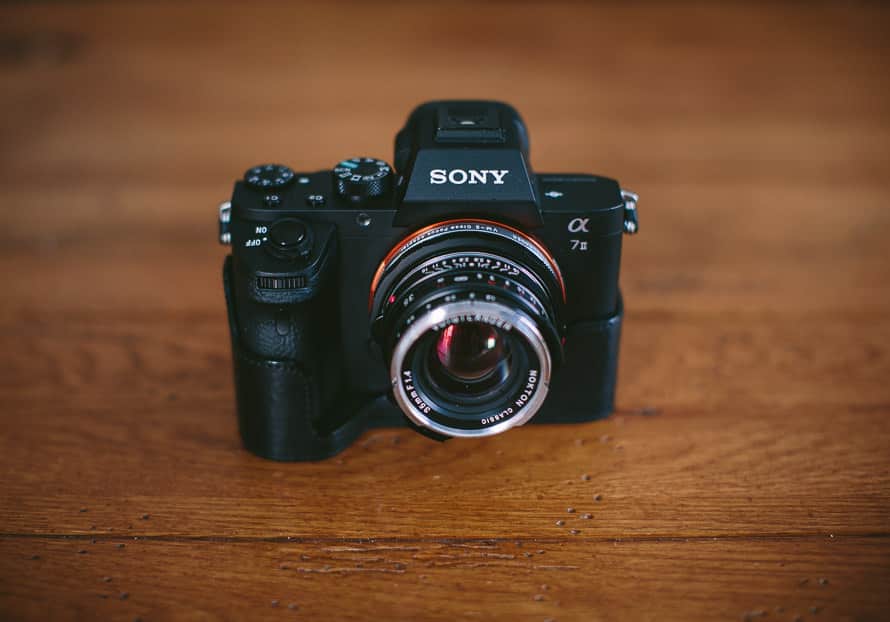
Sony A7II + Voigtlander 35mm f/1.4 Nokton Classic
The Sony A7II isn’t winning any awards for its good looks – it is pretty much one of the ugliest cameras I’ve ever seen!
I understand that not everyone will agree with me on that, but compared to the Fuji line of cameras such as the Fuji X-T1, my Leica M9 rangefinder, and the sexy looking Nikon Df, it’s obvious that Sony wasn’t going for pretty looks.
With that being said, a camera doesn’t have to look pretty to get the job done. The new design and button layout is very nice.
The biggest and most noticeable change is the shutter release button, which moved from the top of the body to the top of the grip. They also recessed the front and rear facing control dials and shrunk them down making it a lot harder to accidentally bump.
Image Stabilization
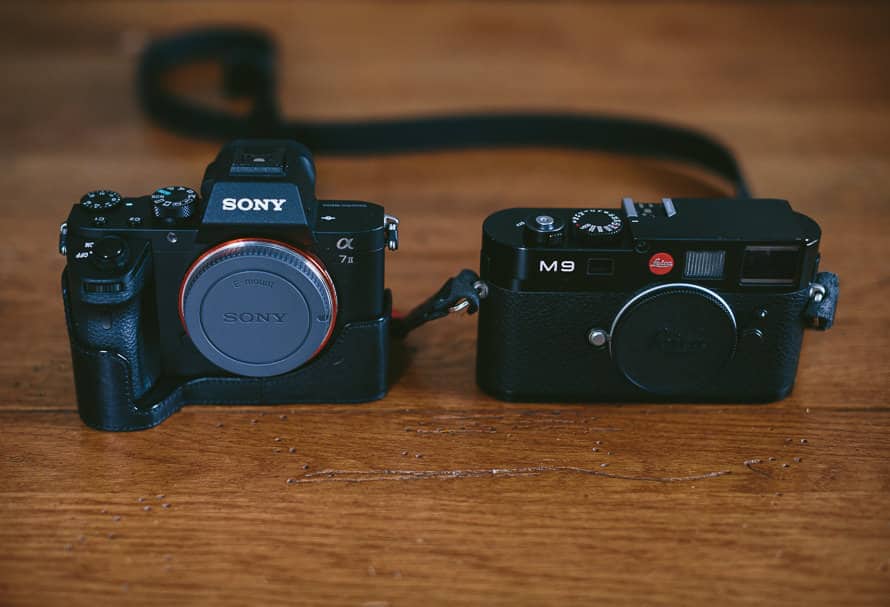
Size comparison to Leica M9
Being one of only 2 full frame cameras on the market to offer image stabilization, the other being the Sony A99, this is huge. But, how good is it?
When I first heard about this feature I honestly didn’t realize just how huge this actually was.
I figured that it would be similar to the image stabilization on the larger zoom lenses I’ve shot with, where you can see the image pausing as you move around and it only saving you a couple stops of light.
This is not the same. You can’t notice any difference in shooting with it on, I actually leave it on all the time.
Not only do I use it on longer lenses, but it is amazingly handy on my 35mm and 50mm prime lenses when in low light situations and I have more wiggle room on shutter speed.
Why would I need image stabilization on a fast prime lens that is on a camera that has very good ISO capabilities? Let me explain.
With native lenses, the Sony A7II can read which lens you are using and configure the IS to function as needed. With 3rd party lenses, such as Leica glass, you simply tell the Sony A7II which focal length you are using in a quickly accessible menu option.
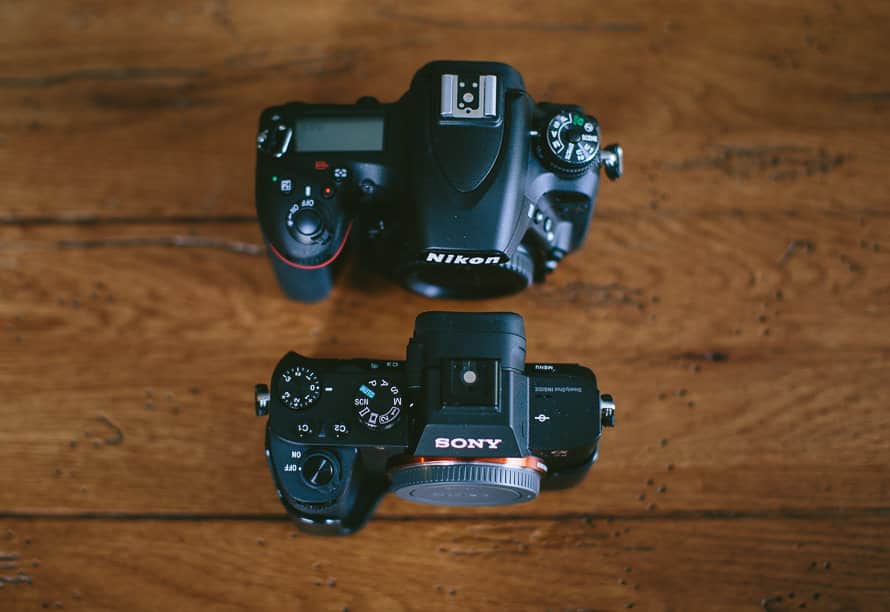
Size comparison to Nikon D750
For me, my favorite prime lenses to use are a 35mm f/1.4 and a 50mm f/1.4. The general rule of thumb, as many of you are aware, is that you should really never go below the focal length in shutter speed to avoid motion blur. I typically like to stay even higher since I have the tendency to shake slightly.
With the image stabilization, I am able to shoot my 50mm lens at 1/15 sec and get a sharp image.
Yes, you need to take into consideration the subject movement when shooting at a shutter speed that slow, but if your subject is still, I’m able to get a sharp image.
I have found that I get more consistent results with human subjects at 1/20 sec, but still, that is pretty killer to me. This allows for me to shoot at a much lower ISO in low light than I normally would have to.
As the sun starts to go down and I would normally stop at 1/100 sec and start bumping my ISO, I now have the ability to go all the way down to 1/15 or 1/20 sec and shoot at a much lower ISO.
The image stabilization engages at half a shutter press allowing for great results. Pretty impressive.
Below is an image shot at 1/20 sec and ISO 320 with the Leica 50mm f/1.4 Summilux.
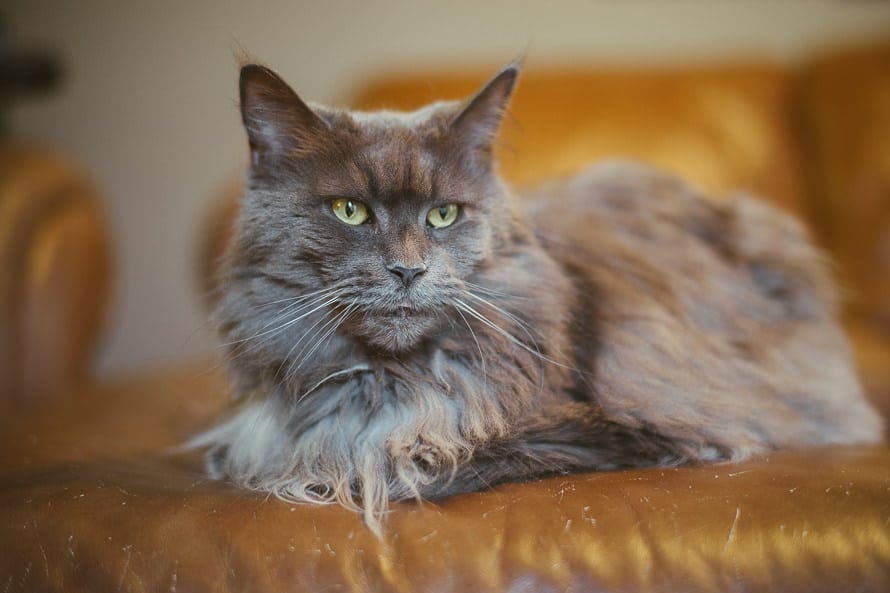
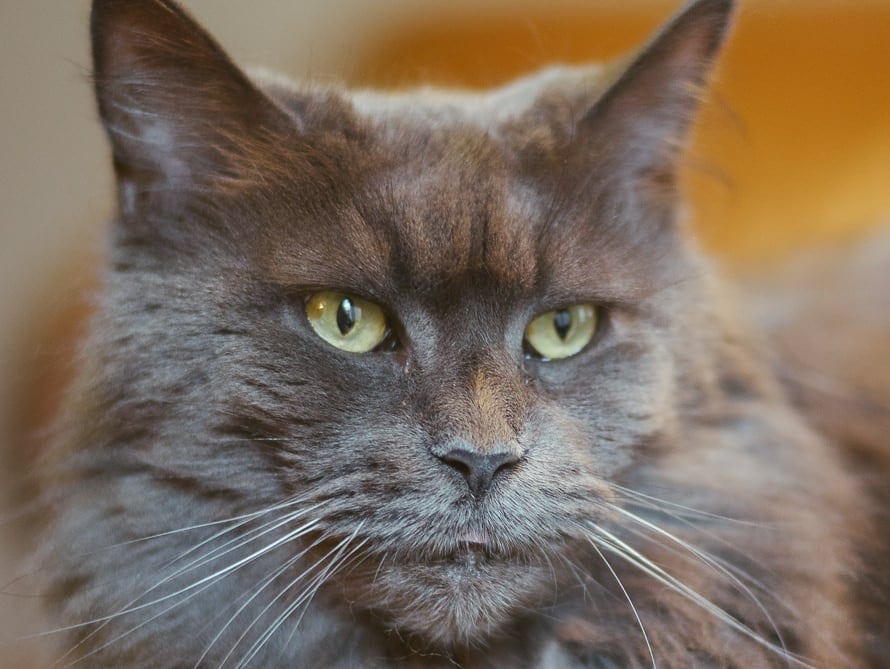
100% CROP
The image below was shot with one of the Sony a7ii lenses – the Sony 70-200mm f/4 at 93mm 1/40 sec with the lens image stabilization turned off, only using the stabilization of the camera.

Dynamic Range & ISO
Image quality is the hardest thing to discuss on a camera review since lens options play a big role. Since I have been using expensive Leica glass on my Sony, it’s difficult for me to speak highly on the image quality and not have that fact brought up.
While I have been extremely impressed by the overall image quality, two things that are crucial in a camera review that won’t be affected by the lens being used are dynamic range and ISO.
I don’t usually take test shots like this, but I feel like it is needed. I usually test my ISO on cameras at 2500, since that is a good range of comparison. It’s as high as I like to ever go in real life shooting, so it’s a good comparison range. There is no need for me to test any higher since I would rather not push it any higher. Below, is a test shot I took. The first image is the Nikon D750 with the 58mm f/1.4G, second shot is the Sony A7II with the 50mm Summilux, and the third is the Canon 5D MarkIII with the 50mm f/1.2L. All 3 were shot at 1/500 shutter speed, aperture f/1.4, and ISO2500. The Sony outperforms both the D750 and 5DMk3 here in ISO, the D750 is very close. The overall image from the Sony looks better, its sharper and more crisp, but the Leica lens has to be taken into consideration, especially since the Nikon 58mm f/1.4G isn’t a very sharp lens when shot wide open. The 5D performed the worst, with noticeably worse noise all around.

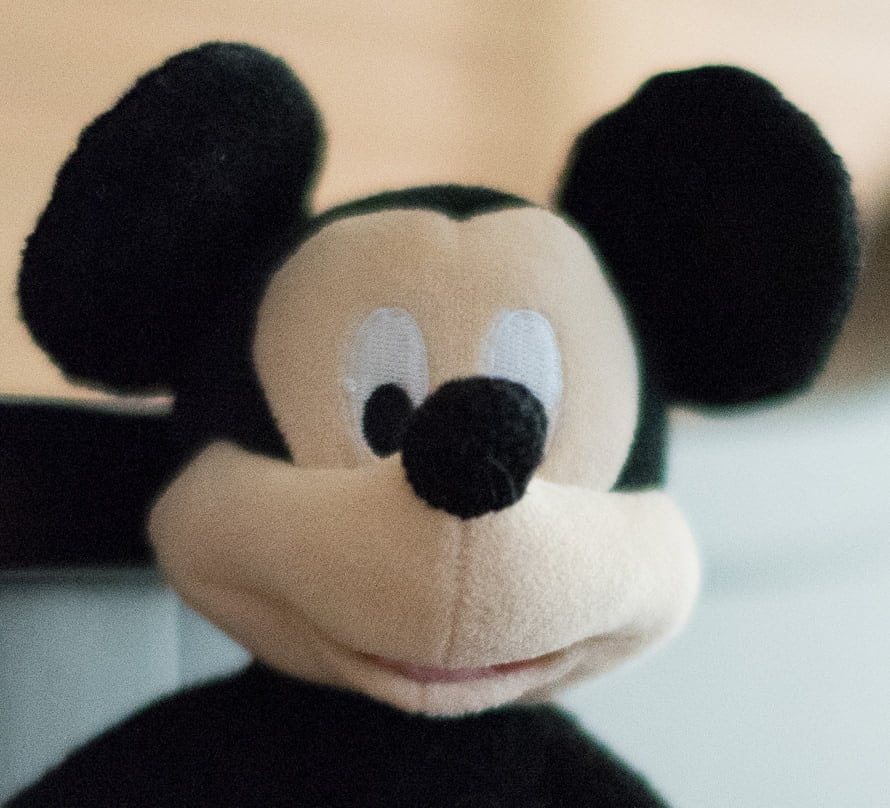
Nikon D750 + Nikon 58mm f/1.4G
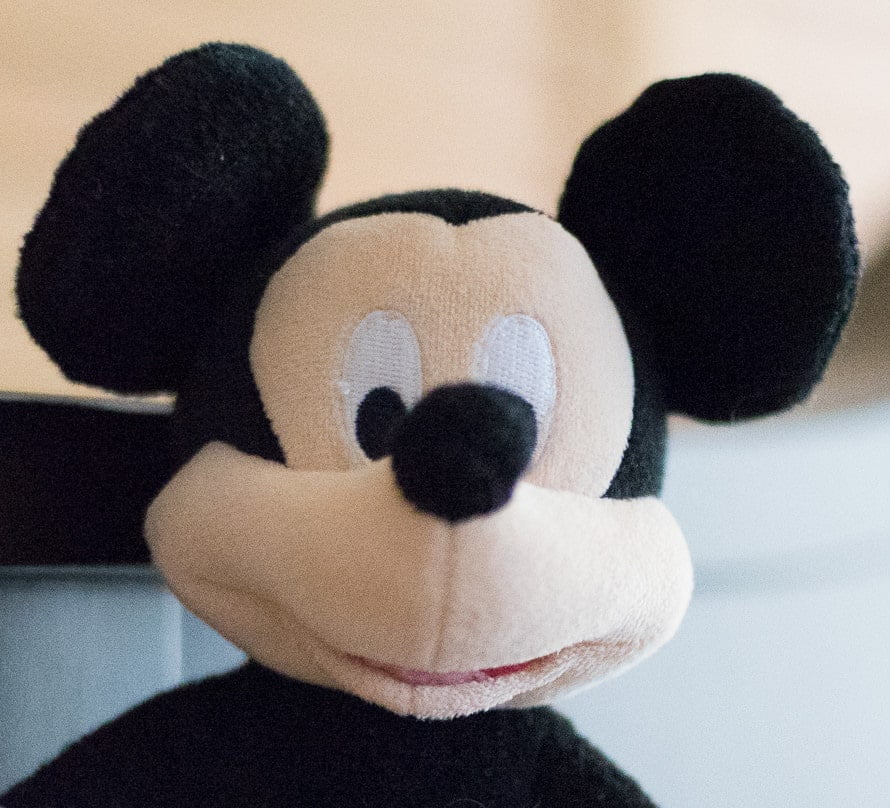
Sony A7II + Leica 50mm f/1.4 Summilux ASPH

Canon 5D MarkIII + Canon 50mm f/1.2L
The best cameras I have tested to date and currently own are the Nikon Df and Nikon D750, and the Sony A7II has very similar capabilities.
It is difficult for me to push the Sony A7II far enough to notice a difference, but in every day use without extremely pushing past what one should normally ever do, it is just as good as both the Nikon Df and Nikon D750.
In regards to dynamic range, the amount of detail that the Sony A7II can retain in shadows is astonishing. In regards to ISO performance, the Sony A7S and Sony D750 are a stop or so better, but its not very noticeable.

Dynamic Range Test – ISO200 – Exposure pushed 5 stops

100% Crop
Color
The color that the sensor of the Sony A7II puts out are very similar to that of the original Sony A7S, which was praised for its better color rendering and AWB than the previous Sony A7 and Sony A7R.
The colors are simply beautiful right out of the camera. The RAW files are pleasant to work with and give you a great starting point for post processing.
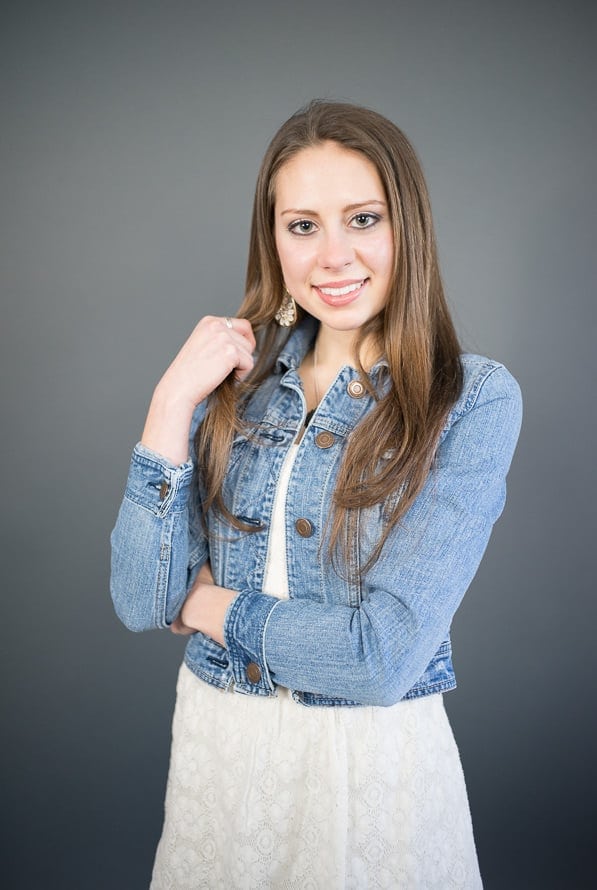
RAW File – Shot with Leica Summicron 35mm f/2 – ISO250 – 1/100sec
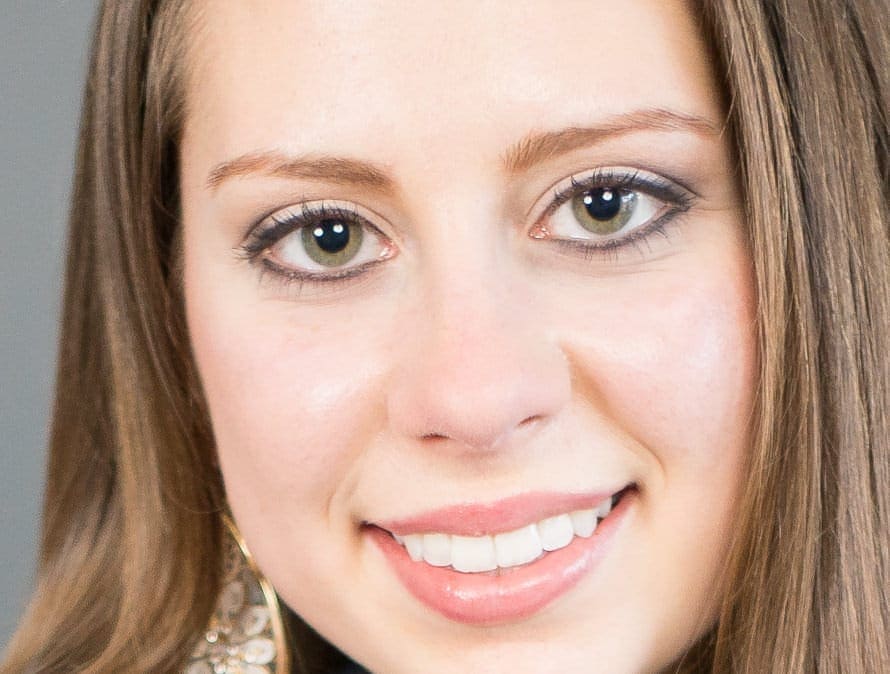
100% Crop
Focus
I have mainly used the Sony A7II in manual focus, and with its focus peaking and zoom-assist, manual focus is a breeze.
Over the years I have grown less and less trusting of my autofocus systems and manually focus a lot these days. While the phase detection is a nice feature, having the capability to zoom in to nail your focus with the click of a button is extremely helpful.
As far as autofocus goes, I am currently testing and reviewing the native e-mount Sony 70-200 f/4 lens and the autofocus is slightly better than the previous A7 series models, but it’s still not up to par with what is offered in the DSLR bodies you are used to. I’m keen to test out other Sony a7ii lenses in the future.

Sony 70-200 F/4 Shot @ 103mm – F4 – ISO320 – 1/200
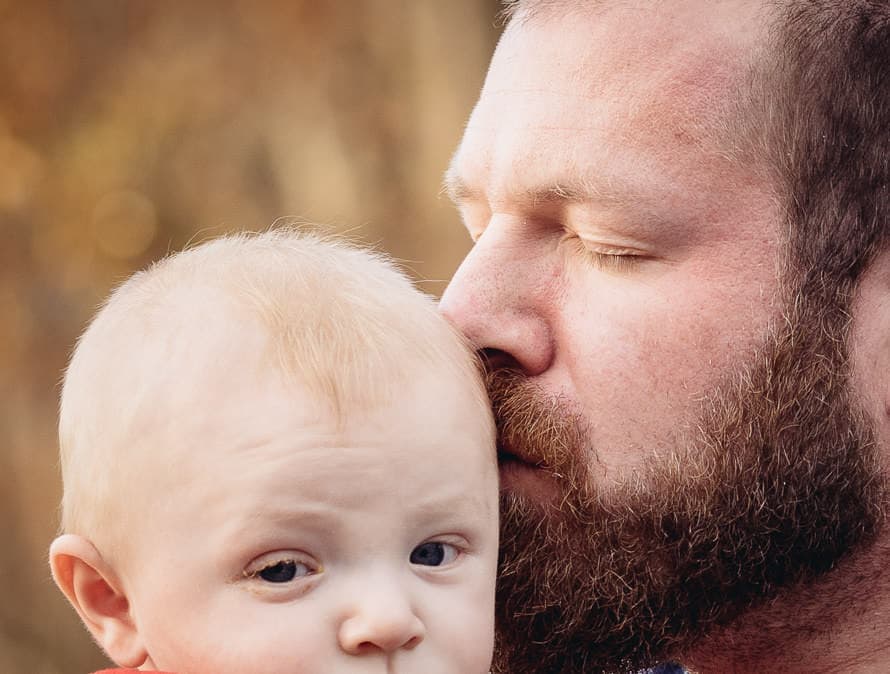
100% Crop
Video
The Sony camera bodies have been an excellent option for videographers, although I don’t shoot video enough to really talk about it too much.
I have used the video on the Sony A7II and I was extremely impressed by how the image stabilization worked with my shaky hands.
Little Things

Leica 50mm Summilux F/1.4 ASPH – Shot @ F/1.4 – ISO125 – 1/1600
The battery life if pretty good. I wouldn’t say its great, but it’s better than I expected, lasting over 4 hours of shooting no problem.
The batteries are cheap enough though that I bought a couple extra just to have in my bag.
A big downfall for a lot of people, and something that seems to freak everyone out, is that the A7II only has a single SD card slot.
I know…there’s no way you would EVER risk shooting a digital camera professionally with only one card slot. Well, that doesn’t bother me. Film shooters shoot all day long with a single roll of film with no back up roll running in case something happens to the primary.
I have been shooting my Df for a couple years now at weddings, which only has one card slot. My other camera bodies that have dual slots, I don’t even write to both at the same time, I cascade them.
If the single card slot scares you, you are out of luck, but I highly recommend that you don’t let that discourage you from buying this camera.
Yes, it would be nice to see Sony add another slot, and I’m sure they will eventually, especially since they seem to listen well to their consumers.
Conclusion

Sony A7II + Leica 50mm Summilux F/1.4 ASPH
Camera reviews can be tough in general, and this Sony a7ii review is hands down one of the toughest I’ve written because of the simple fact that the Sony A7II is so unique.
By itself, it’s a ground breaking camera at an extremely reasonable price. If you can make this camera work for you, I promise that you won’t be disappointed.
Sony is doing things that no one else in the industry is doing, the biggest is listening to what us as photographers not only need but want, and are doing their best to deliver.
If Sony can step its game up in the lens department and get a more reliable autofocus system to match, they will have a true competitor to the DSLR for all photographers. Until then, the photographers that need autofocus will be still sporting their DSLRs as their primary camera bodies.

Very Clean @ ISO2500
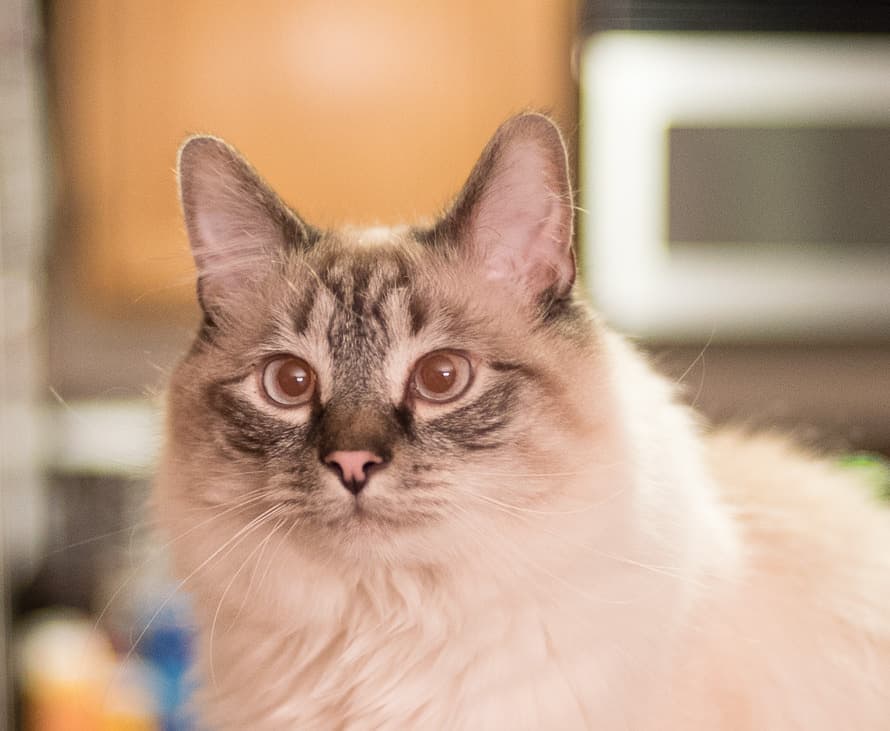
100% Crop
For myself, I’m not ready to ditch my DSLRs just yet, but I can now see it happening in the near future with the leaps and bounds Sony has made in the past couple years. Prior to the A7II, I didn’t see it this way.
Right now, the Sony A7II offers image quality just as good as any camera I own, along with image stabilization, and the ability to shoot my Leica glass.
I love my Leica M9 rangefinder and while many say that it is too expensive, for me, it has been worth every penny. It’s a camera that not only inspires me to shoot and be creative, but I have always felt that there is something special and unique looking about the images it can produce.
I initially never thought that the Sony A7II would be able to give me that same look as my Leica M9 with my Leica glass. Now that I have spent the last month shooting the combo extensively, side by side with my Leica, I have to admit that my thoughts have changed.
While I still have no desire to sell my Leica, the Sony A7II gives me very similar image quality and offers better dynamic range and ISO performance.
Many Leica owners will tell you that something is lost when Leica glass is shot on the Sony A7 series bodies. Well I can honestly tell you that I agreed with that… until I started shooting the Sony A7II.
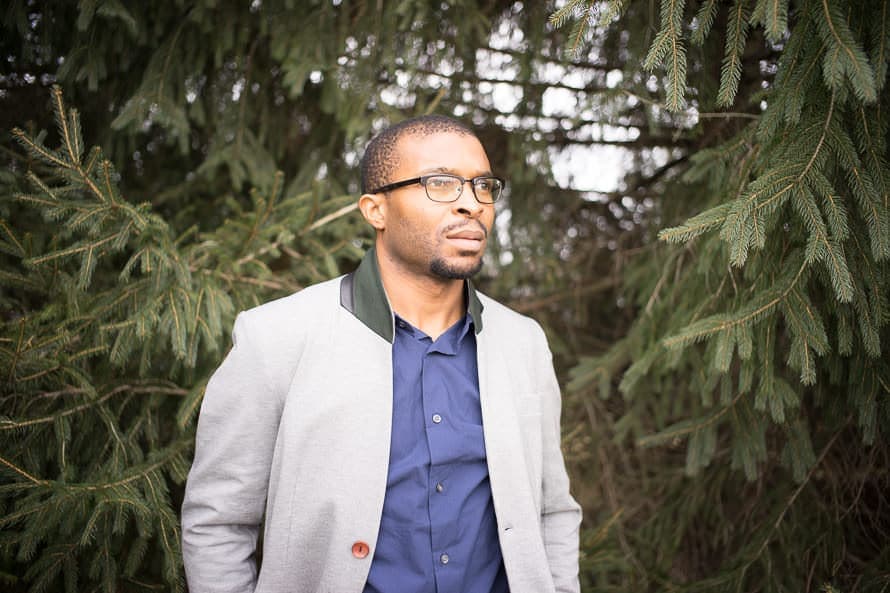
RAW File – Leica 50mm F/1.4 Summilux ASPH – 1/500 – ISO160 – F/1.4
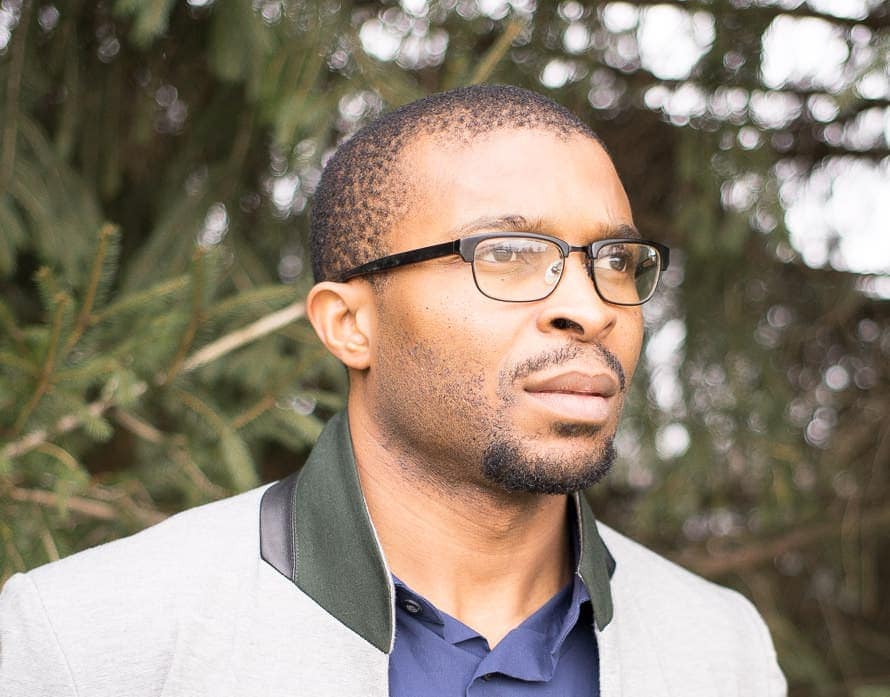
100% Crop
The bottom line is that as a photographer, everything that Sony is doing should excite you. No matter what you shoot or how you shoot it.
I have had many people look at the images that I’ve taken with it and told me that they look great because I am using expensive Leica lenses. If you are thinking the same thing, let me explain it to you like this.
Yes, my Leica 50mm lens cost $4,000, which is the best 50mm f/1.4 on the market, which is a fact. It is the same price at the Zeiss Otus lenses that are made for your Nikon or Canon DSLR. You are paying for the quality of glass, and yes, you get what you pay for.
As far as my other Leica lens, the Leica 35mm f/2 Summicron, you can pick it up new for $2,400. Still expensive, but the combination of that and that Sony A7II which costs $1600, plus the $200 adapter gives you a total cost of $4200.
Your Canon 5D MarkIII cost $3,400 brand new when it came out, now only costing $2,400, so I’ll cut you a break and use the lower price. Add a Canon 50mm f/1.2 L lens at $1,600 and your combination price is $4,000. Now we are comparing two setups almost identical in price.
My Sony/Leica setup may not have autofocus, but it has image stabilization, and MUCH better dynamic ranges and ISO performance. Oh, and it’s half the size and much lighter.
Hopefully this Sony a7ii review was helpful – please feel free to leave any questions for me in the comments. Note: All of the sample images have been edited with my personal editing style.

Leica 50mm Summilux F/1.4 ASPH – Shot @ F/1.4 – ISO100 – 1/1600
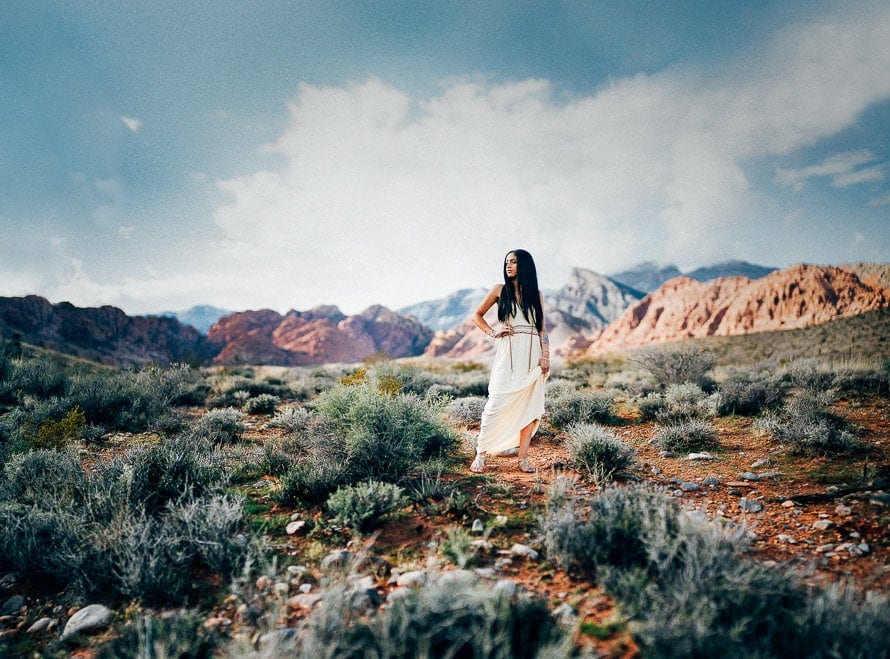
22 Image Stitch – AKA Bokeh Panorama – Leica 50mm Summilux F/1.4

Leica 35mm Summicron F/2 – Shot @ F2 – ISO125 – 1/1000
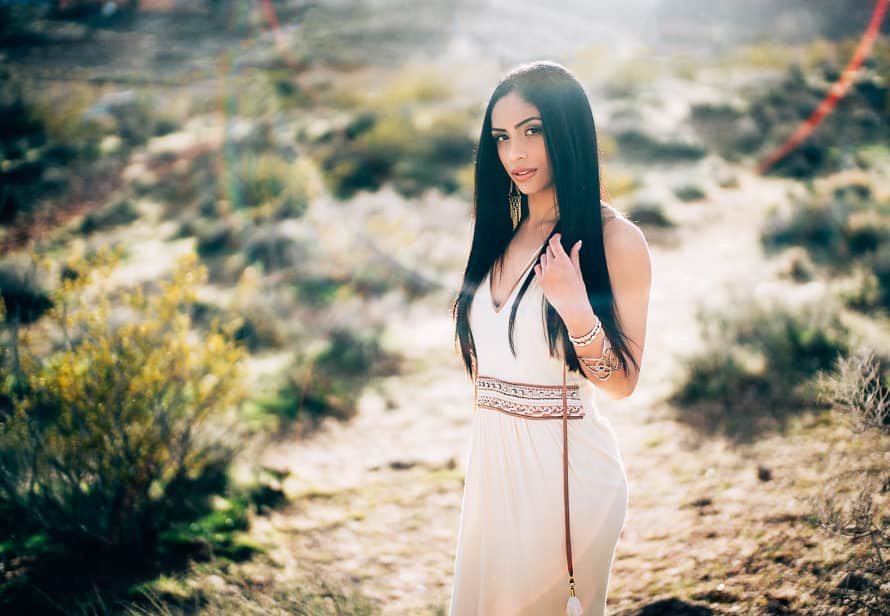
Leica 50mm Summilux F/1.4 ASPH – Shot @ F1.4 – ISO125 – 1/1000
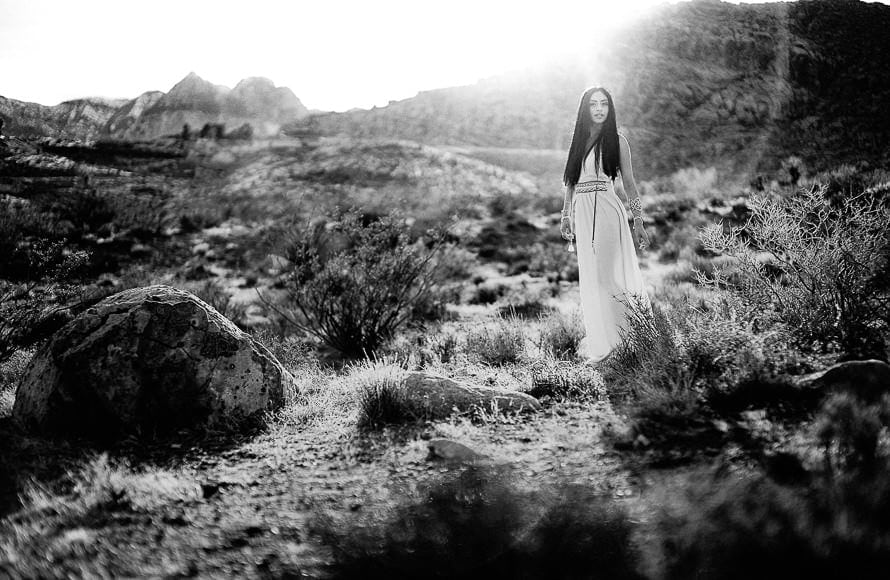
Leica 50mm Summilux F/1.4 ASPH – Shot @ F1.4 – ISO125 – 1/1000
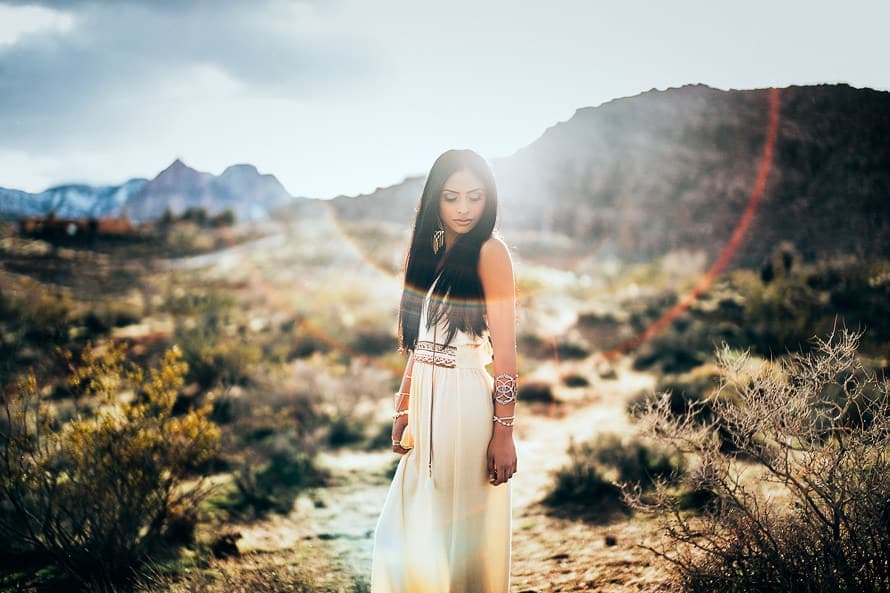
Leica 50mm Summilux F/1.4 ASPH – Shot @ F1.4 – ISO125 – 1/1000
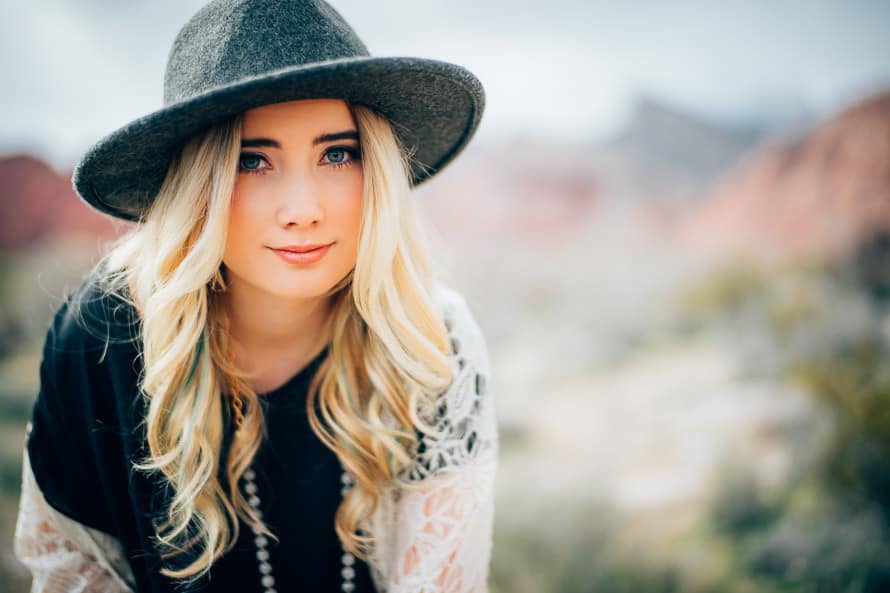
Leica 50mm Summilux F/1.4 ASPH – Shot @ F1.4 – ISO125 – 1/1000
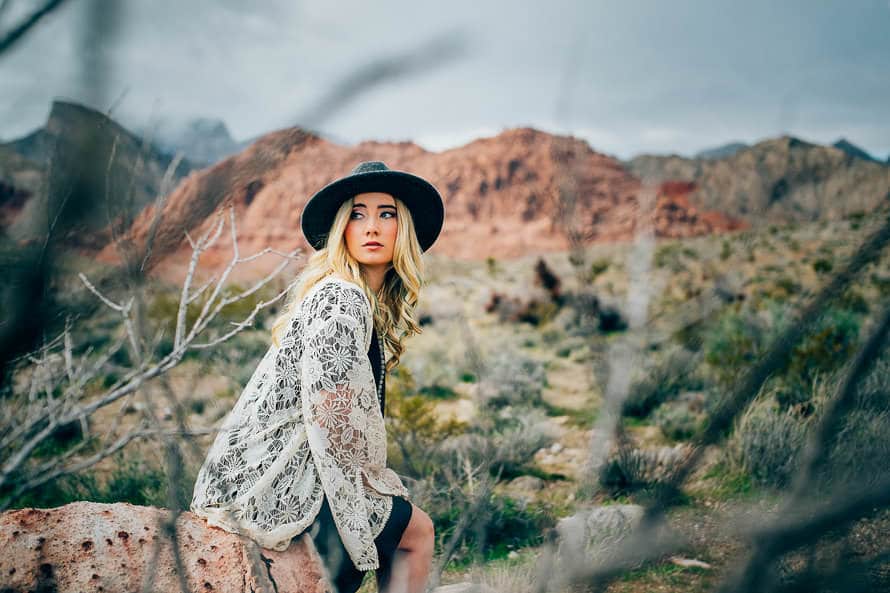
Leica 50mm Summilux F/1.4 ASPH – Shot @ F1.4 – ISO125 – 1/640
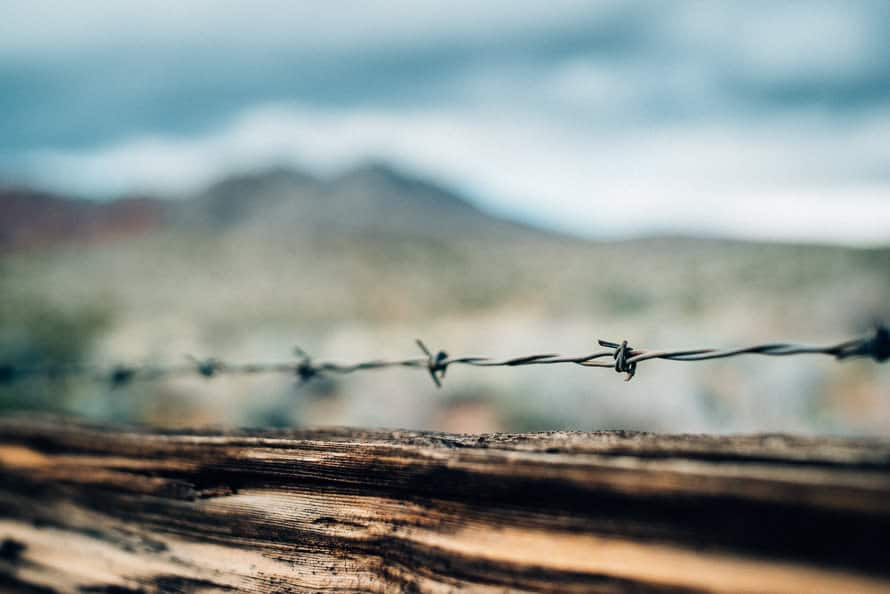
Leica 50mm Summilux F/1.4 ASPH – Shot @ F1.4 – ISO125 – 1/1000
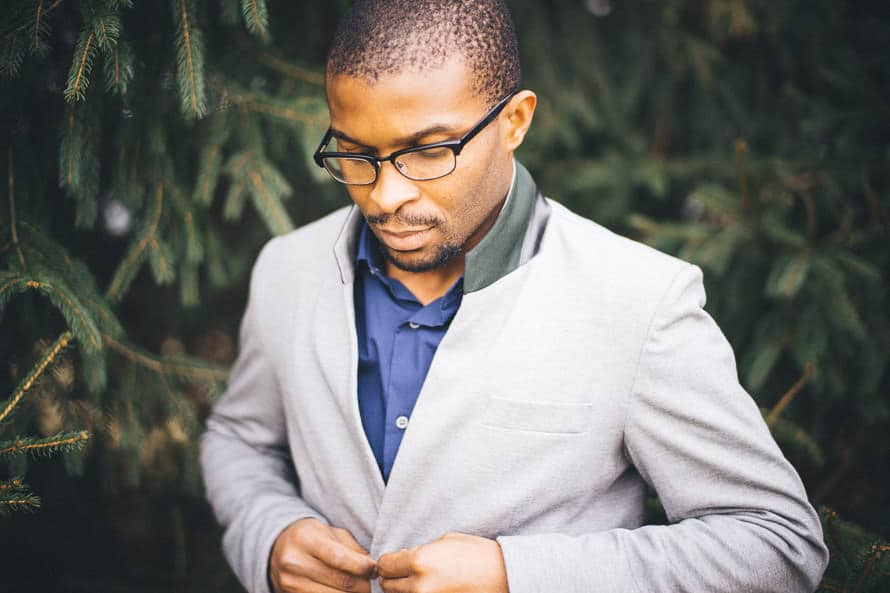
Leica 50mm Summilux F/1.4 ASPH – Shot @ F1.4 – ISO100 – 1/500
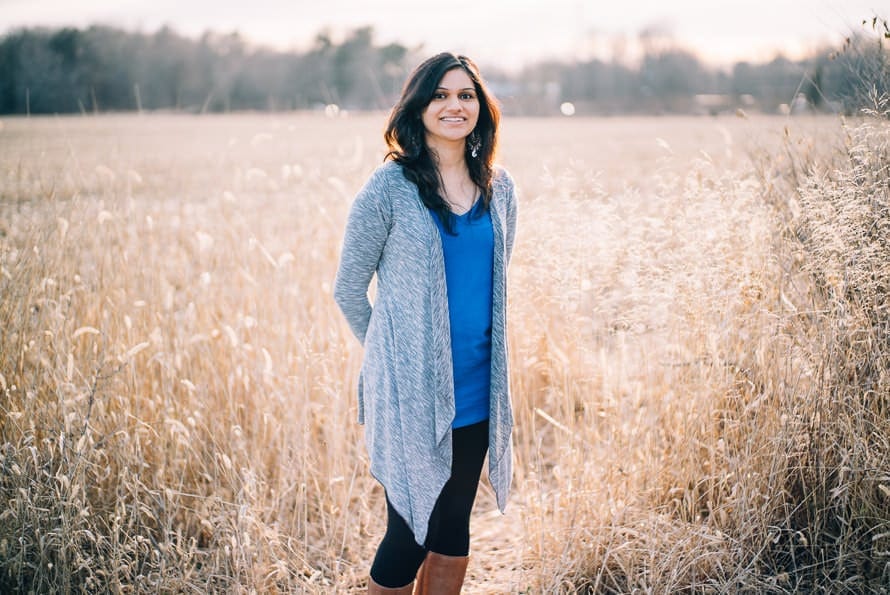
Leica 35mm Summicron F/2 – Shot @ F/2 – ISO125 – 1/1000
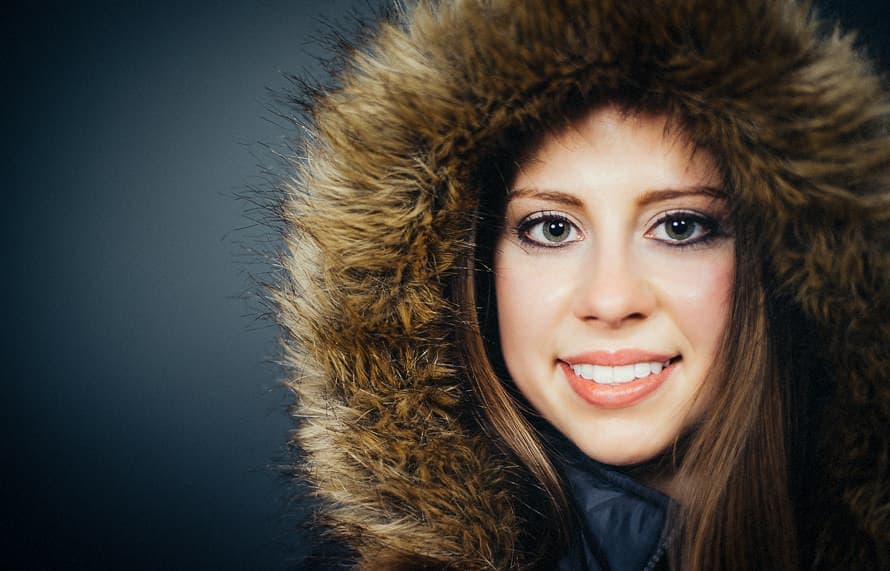
Leica 50mm Summilux F/1.4 ASPH – Shot @ F1.4 – ISO400 – 1/160














